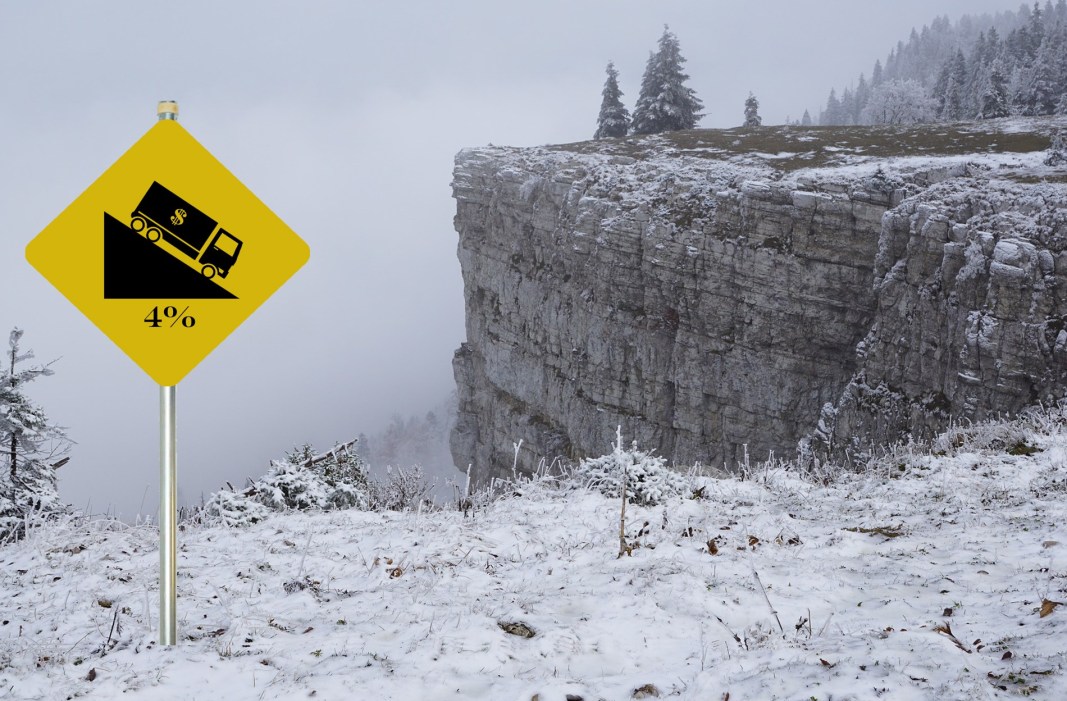The 4% "rule" should be treated with extreme caution in an Irish context -the 4% rule
:quality(70)/cloudfront-eu-central-1.images.arcpublishing.com/irishtimes/FH4YNR33VZF2WXRFRBMMBZBPHU.jpg)
Stocktake: Is the 4% rule is too risky for Irish retirees?
Traditional rule of thumb would leave pensioners in financial squeeze
I very much agree with this conclusion.For me since you have no large buffer either in the fund itself or as a cash reserve to ride out some severe market drops, I would suggest you need to wait until the €50kp.a. exp becomes <40k p.a. which would leave the ARF alone longer to reduce the amount of time you are reliant on it and hopefully grow.

